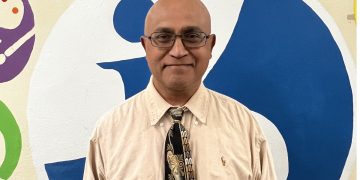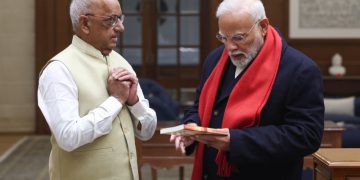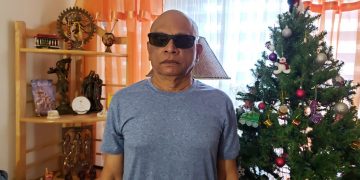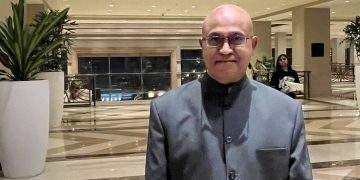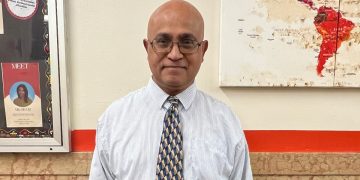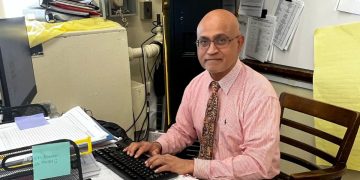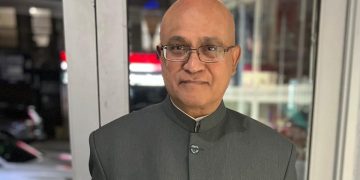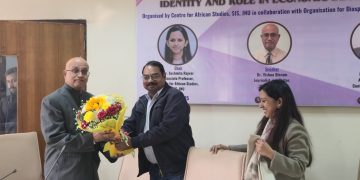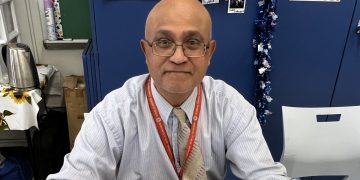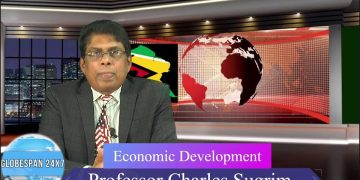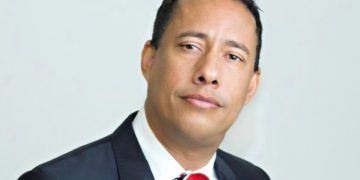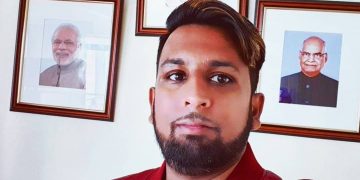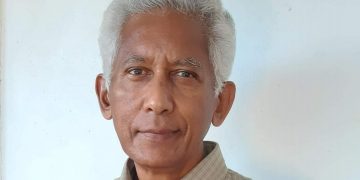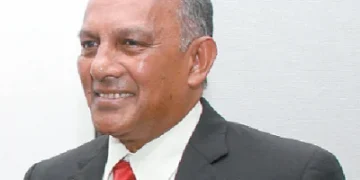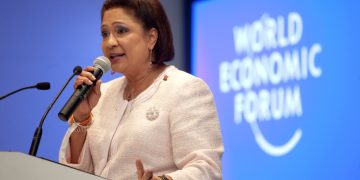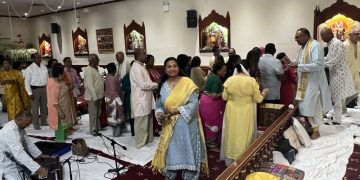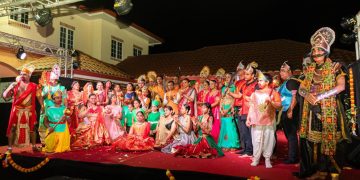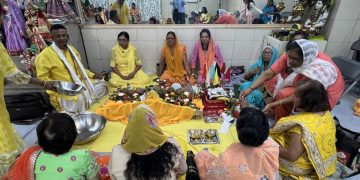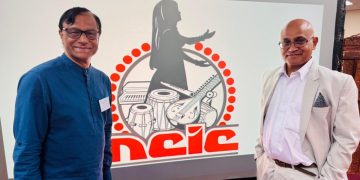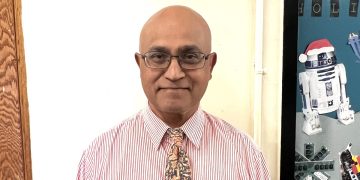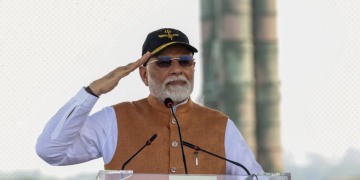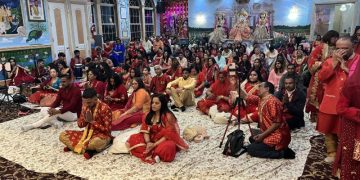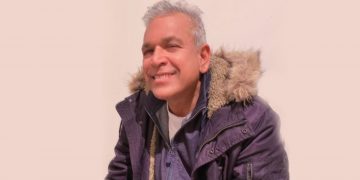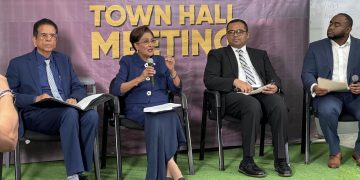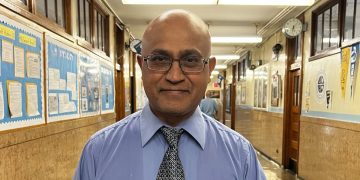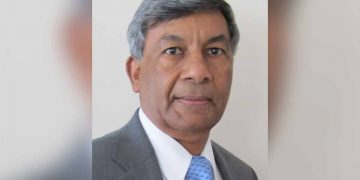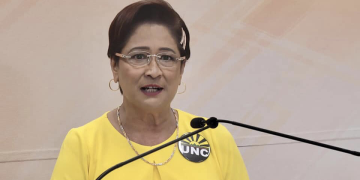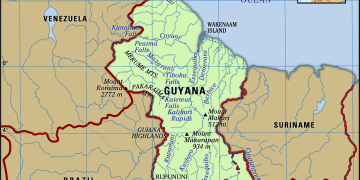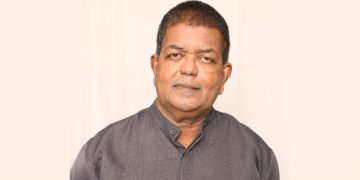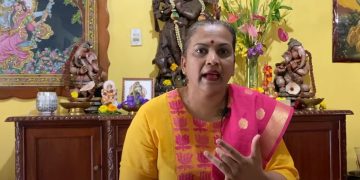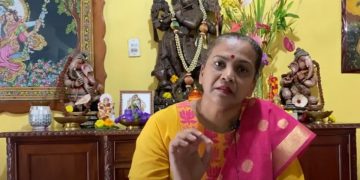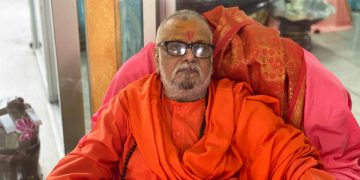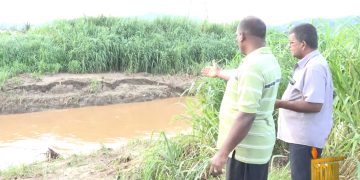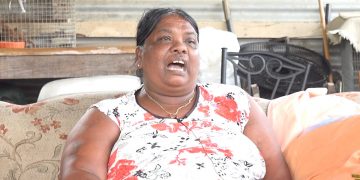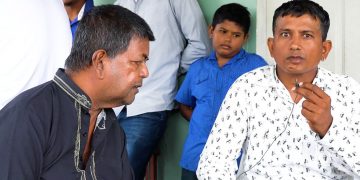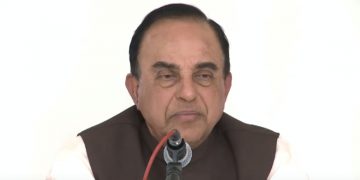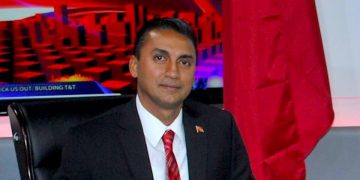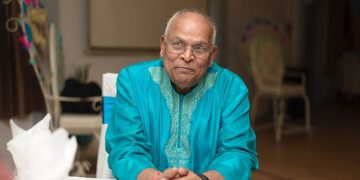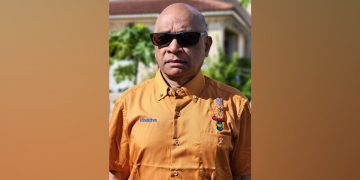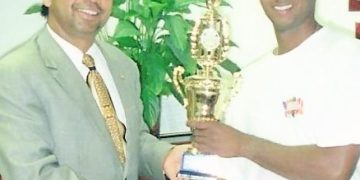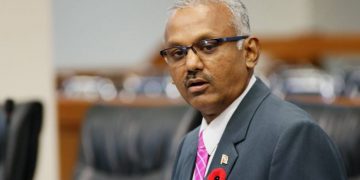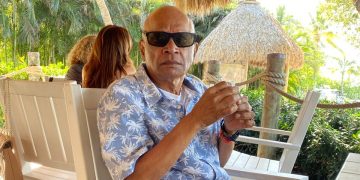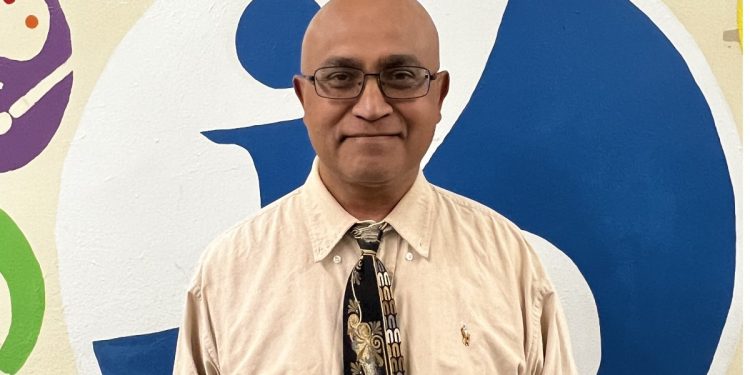In Guyana for the 2025 elections, Khemraj Harryram (Aug 27) interpreted what he claimed were interviews of a survey of 4900 respondents done by students of UG. He projected a hung parliament with the incumbent PPP running the government. Prof Narayan Persaud (Aug 29) debunked the interpretation, suggesting it is bogus because of the paucity of information presented on the poll.
How reflective is a poll of voters’ intent or views? Polling has a history of almost a hundred years. Early polls were not scientific and not reflective of voters intent. Polling has become very scientific and accurate over time. And now, there is updated technology and methodology to giver greater accuracy of findings of polling.
I do not know Harryram and any students who he claimed interviewed respondents. It is not necessary for me or anyone to know the pollster or ‘interpreter’ and I never met Dr Persaud although we appeared on zoom once. Interviewers must be anonymous as must also be those interviewed to gain their confidence to provide honest responses. That’s is how polls are done in spite of demands that the interviewers and interviewees be named.
As I indicated (Aug 28), there were issues with the poll but not to render it fatally flawed, assuming the data was not contrived (as a figment of imagination or what one would like as the outcome). Persaud asked whether the stats is bogus. It will be unprofessional to go that far. If a person claims he conducted a ‘a scientific’ survey, it is his baby, and the public should have its (his) findings via the media. It is his data, not the media’s. He has to explain how it was done and for the public to decide on acceptance. Polls are generally done with a 95% confidence level. The findings if conducted with less than 95% is generally not acceptable. No need to delve into its complexity. Statisticians and pollsters know what confidence level mean.
Persaud posed several relevant questions and offered some constructive critiques, but in a Guyana setting, with suspicions, fears of victimization, etc., most are not applicable. The critique and description of the poll is also too harsh.
Persaud is right that a survey is conducted using a stratified sample reflective (representative) of the demographics of the population. Harryram claimed he used data from the Bureau of Statistics to construct the sample called the universe; there was no breakdown by ethnicity or region or other sub-factors like religion, tribe, etc.
Persaud is also right that there is no need to interview 4900. In USA and most countries, a few hundred (about 500) is enough to garner the views of the nation. Major media houses tend to use about 1000 to 1600. In India, pollsters use 10,000 because of the size of the voting population of one billion and the complexity of that universe. The larger the sample, the more reflective is the view of the universe; but it must truly represent (proportionally) the population. The sample must be as accurately as possible representing the diversity of the demographics of the population or else the poll will not truly reflect the views of the population. The findings could be weighted by sub categories to garner final findings.
Once properly constructed to represent the population, the findings will be reflective of the views of the population. Dozens of surveys tend to be conducted for an election in a developed country. Even in India, there were several polls for any election. So there tend to be multiple polls to compare and contrast data; in general, the findings tend to be similar once conducted around the same time. In Guyana, there is or was only one published poll; so everyone questioned or attacked or debunked it.
In Guyana, aside from Harryram’s, no data on the election was publicly published. Several surveys were conducted but the findings not made known to the public. I conducted several polls that were not published recently. Earlier polls were published. They contradicted what was published although all of my polls are in agreement that PPP is in the lead.
Some findings of surveys globally were known to be a replica of the actual outcome of elections while others were not. Polls only reflect an outcome at the time they were conducted. A poll on August 15 cannot reflect voting on September 1. That is why pollsters and election campaigns tend to carry out tracking polls up until the eve of the election. The PPP has updated tracking polls. That party has a pretty good feel for the outcome unless voters have fooled it; that’s hardly likely. PPP has a solid lead.
The findings of polls are a ‘guesstimate’. There is a lack of understanding of polls and their meanings. It is unfair to attack or criticize a pollster if the findings deviate from the actual outcome. An exit poll should accurately reflect how people voted. Exit polls in developed countries tend to be accurate.
I have been conducting surveys in Guyana for 2025 perennially going back to the local elections of 2023. All the polls, up until presently, put the PPP in the lead with APNU and AFC losing ground. Two of the three new parties are struggling. The newly formed WIN is a shocker in the election as it has cut into the base of both large parties as well as the AFC. The results will surprise critics and naysayers as WIN has support among all ethnic groups. APNU and AFC have insignificant cross racial appeal.; Indians have abandoned both. The PPP lost some support in its base but made significant gains among Africans and Mixed. The PPP also has also gained from migrants, remigrants, Venezuelans, and Commonwealth voters as well as from among the diaspora who are coming to vote.
It is not difficult ‘to predict’ the winner of the elections. The number of seats each party wins is a more challenging task as it is based on turnout of the base.
